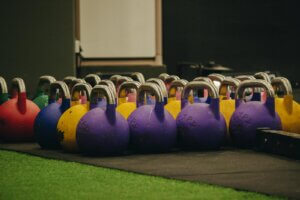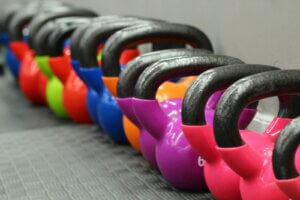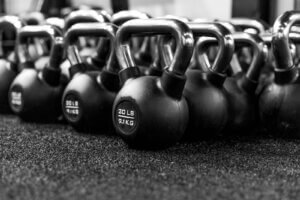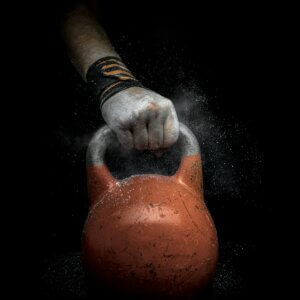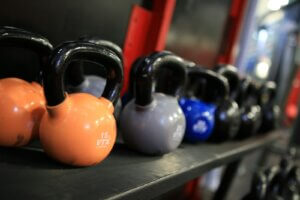How to do Goblet Squats
To perform a goblet squat, begin by standing with your feet either hip-width or shoulder-width apart, ensuring that your toes are pointed straight ahead. From this starting position, push your hips back and bend your knees to lower yourself into a squat. Once you are in the squat position, drive through your feet to stand up, squeezing your glutes as you return to an upright, tall standing position.
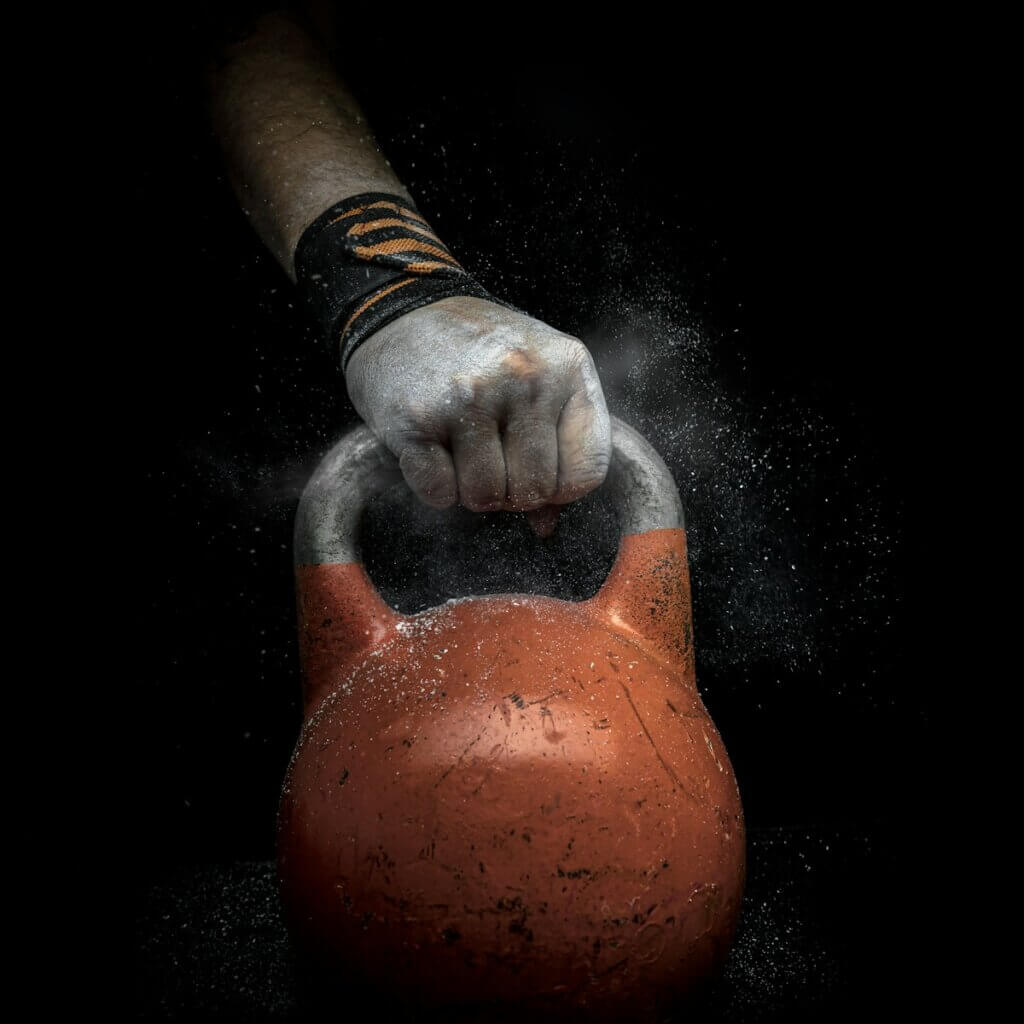
Introduction:
Goblet squats are a fundamental exercise in the CrossFit and general fitness repertoire, offering a powerful blend of strength, stability, and mobility training. This exercise is ideal for beginners and intermediate athletes alike, providing a straightforward yet highly effective way to build lower body strength and improve overall fitness. In this guide, we’ll walk you through the mechanics of the goblet squat, outline the necessary equipment, and provide tips for scaling, avoiding common mistakes, and maximizing the benefits of this versatile movement.
Steps in the Goblet Squat movement
Starting Position:
- Stand with your feet shoulder-width apart and toes slightly pointed outwards.
- Hold a dumbbell or kettlebell close to your chest with both hands, cupping the weight with your palms underneath one side of the dumbbell or the horns of the kettlebell. Your elbows should be pointing down.
Descent:
- Begin by engaging your core and keeping your chest up.
- Push your hips back and bend your knees to lower your body into a squat. Aim to keep your elbows inside your knees.
- Maintain a neutral spine throughout the movement, avoiding rounding your back.
Bottom Position:
- Lower yourself until your hips are below parallel with your knees, or as far as your mobility allows while maintaining good form.
- Ensure your knees track over your toes and do not collapse inward.
Ascent:
- Drive through your heels and push your knees outward to return to the starting position.
- Keep the weight close to your chest and maintain an upright torso as you rise.
- Fully extend your hips and knees at the top of the movement to complete the repetition.
What Equipment is needed
- Kettlebell: Choose a weight that is challenging but manageable for the desired number of repetitions.
- Dumbbell: Kettlebells is the standard option but Goblet squats can be done with dumbbells as well.
- Chalk: For improved grip.
Check out the Equipment subsite for more tools, tips, and inspiration.
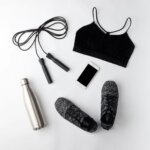
Shop Fitness gear now on Amazon
See Amazons extensive range of workout gear here. (Affiliate Link)
Scaling Options:
To gradually build strength and proficiency, consider the following scaling options:
- Reduce the Weight: Start with a lighter dumbbell or kettlebell to master the form before progressing to heavier weights.
- Box Squats: Use a box or bench to limit the depth of your squat, gradually increasing depth as your strength and mobility improve.
- Assisted Squats: Hold onto a stable surface like a pole or TRX straps for balance and support during the squat.
Common Mistakes to Avoid:
- Knees Caving In: Focus on pushing your knees outward throughout the movement to prevent them from collapsing inward.
- Rounding the Back: Keep your chest up and engage your core to maintain a neutral spine, avoiding rounding your lower back.
- Improper Depth: Squat to a depth that allows you to maintain good form. If you cannot squat below parallel without rounding your back, work on mobility and strength before attempting deeper squats.
Benefits of the Movement:
- Lower Body Strength: Goblet squats target the quads, hamstrings, glutes, and calves, building comprehensive lower body strength.
- Core Stability: Holding the weight close to your chest engages your core muscles, enhancing stability and balance.
- Improved Mobility: The goblet squat promotes hip and ankle mobility, which is crucial for performing other compound movements effectively.
- Functional Fitness: This exercise mimics everyday movements like lifting and squatting, improving your overall functional strength.
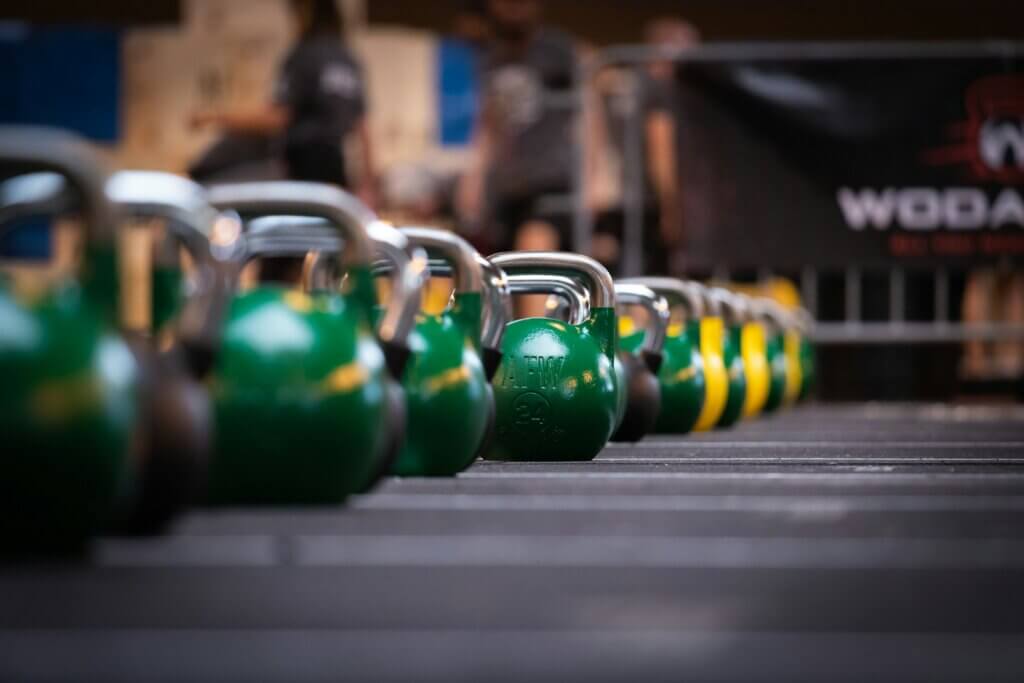
Which Muscles Are Worked:
During this exercise, the following muscle groups are engaged:
- Primary Muscles: Quadriceps, Hamstrings, Glutes
- Secondary Muscles: Core (Abdominals and Obliques), Calves, Lower Back
Alternative Similar Movements:
If you’re seeking variation or targeting specific muscle groups, consider incorporating these alternative exercises:
- Front Squats: Similar to goblet squats but with a barbell across the front of your shoulders.
- Air Squats: Bodyweight squats that help build foundational strength and mobility.
- Sumo Squats: Wider stance squats that emphasize the inner thighs and glutes.
- Overhead Squats: Squats performed with a weight held overhead, challenging your stability and shoulder mobility.

Shop Fitness gear now on Amazon
See Amazons extensive range of workout gear here. (Affiliate Link)
Q&A for Goblet Squats
How to do goblet squat properly?
To do a goblet squat properly, stand with your feet shoulder-width apart, hold a weight close to your chest, and keep your chest up. Push your hips back, bend your knees, and lower yourself until your hips are below parallel, then drive through your heels to return to the starting position.
What is a goblet squat good for?
Goblet squats are great for building lower body strength, improving core stability, and enhancing hip and ankle mobility. They also mimic everyday movements, making them beneficial for functional fitness.
Are goblet squats for beginners?
Yes, goblet squats are excellent for beginners because they are easy to learn and help develop proper squat form. They also build foundational strength and mobility that are essential for more advanced exercises.
What is the correct foot position for goblet squats?
The correct foot position for goblet squats is shoulder-width apart with your toes slightly pointed outwards. This stance allows for better stability and helps ensure proper knee tracking.
What’s a good weight for goblet squats?
A good weight for goblet squats varies depending on your fitness level. Beginners might start with 10-20 pounds, while more experienced lifters can use 40-60 pounds or more. Choose a weight that challenges you but allows for proper form.
How many goblet squats a day?
The number of goblet squats you should do daily depends on your fitness goals and level. Performing 3 sets of 10-15 reps a few times a week is a good starting point for most people.
Can goblet squats replace regular squats?
Goblet squats can be a great alternative to regular squats, especially for beginners or those looking to improve their squat form. However, incorporating both variations into your routine can provide comprehensive strength and mobility benefits.
Are goblet squats hard on knees?
When done with proper form, goblet squats are generally not hard on the knees. They can actually help improve knee stability and strength. However, poor form or excessive weight can lead to knee strain.
Can you go heavy on goblet squats?
Yes, you can go heavy on goblet squats, but it’s essential to maintain proper form and ensure your core and back are stable. Gradually increase the weight as you build strength and confidence in the movement.
How far apart should your legs be for goblet squats?
Your legs should be shoulder-width apart for goblet squats. This position provides a stable base and allows for proper knee tracking and depth.
Do goblet squats build abs?
Yes, goblet squats engage your core muscles, including the abs, as stabilizers throughout the movement, helping to build core strength and stability.
Why do I feel goblet squats in my back?
Feeling goblet squats in your back can indicate poor form, such as rounding your spine or not engaging your core. Focus on keeping your chest up, maintaining a neutral spine, and engaging your core muscles to avoid back strain.
What is the disadvantage of goblet squat?
One disadvantage of goblet squats is that they can be challenging to progress with very heavy weights compared to barbell squats. This limitation can make it harder to continue building strength as you advance.
Are goblet squats worth doing?
Yes, goblet squats are worth doing because they offer numerous benefits, including building lower body strength, improving core stability, and enhancing mobility. They are versatile and can be adjusted for various fitness levels.
What is better than goblet squat?
No single exercise is inherently better, but barbell squats can be more effective for building maximum strength due to the ability to use heavier weights. However, goblet squats are excellent for learning proper squat mechanics and improving mobility.
What exercise is hardest on the knees?
Exercises like deep lunges and high-impact activities such as jumping can be harder on the knees, especially if done with improper form or existing knee issues. Always prioritize proper technique and adjust movements to your comfort level.
Are goblet squats bad for the lower back?
Goblet squats are generally safe for the lower back when performed with proper form and an engaged core. Avoid rounding your back and maintain a neutral spine to prevent lower back strain.
What is a goblet squat for beginners?
For beginners, a goblet squat involves holding a light dumbbell or kettlebell close to the chest, standing with feet shoulder-width apart, and performing a squat with an upright torso. Focus on form, depth, and controlled movement to build strength and confidence.
Conclusion:
Incorporating goblet squats into your training regimen can significantly enhance your lower body strength, core stability, and overall functional fitness. Whether you’re a CrossFit athlete or just looking to improve your general fitness, mastering the goblet squat will provide a solid foundation for more advanced movements and exercises. Grab a dumbbell or kettlebell, follow the steps outlined, and start reaping the benefits of this essential exercise today!

Shop Fitness gear now on Amazon
See Amazons extensive range of workout gear here. (Affiliate Link)

🏋️ Written by: Mike Kerr
Mike is the founder of Strengthguides.com and a certified CrossFit Level 1 Trainer (CF-L1) and certified Kettlebell Instructor with over 10 years of experience in functional fitness. He specializes in developing programs that maximize performance without sacrificing mobility. Mike Kerr is passionate about making complex training methodologies comprehensible and safe for everyone.

